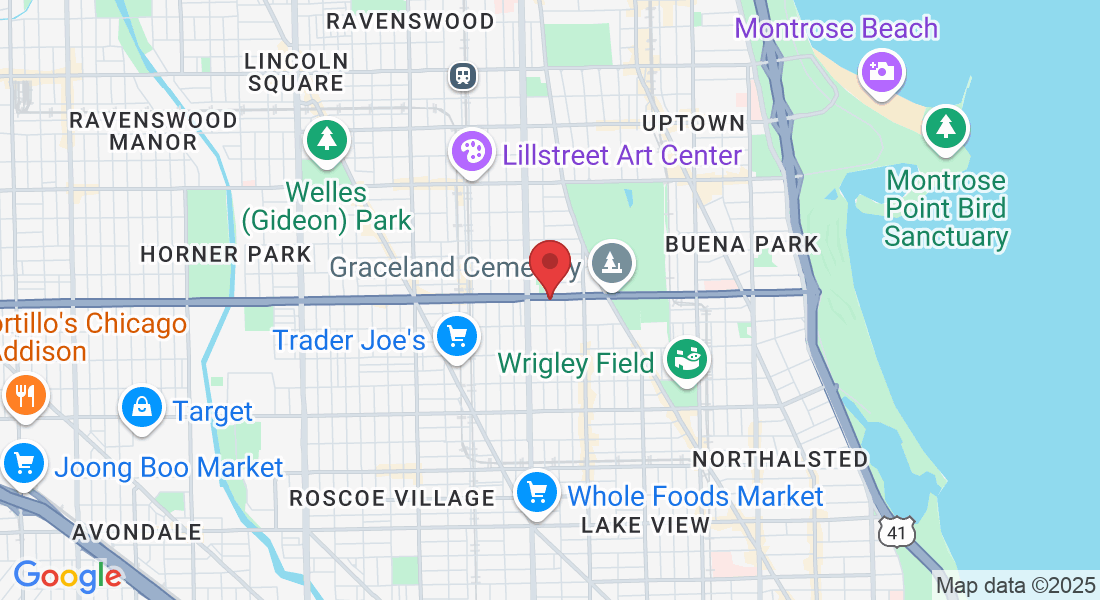Welcome to
Back To Touch Massage Clinic
I specialize in helping you feel better by tackling those all-too-familiar aches and pains. Whether it’s TMJ-related discomfort, chronic headaches (tension and migraine), or the nagging tension in your back, neck, and shoulders, I’m here to help you regain comfort and mobility.
Welcome to
Wellness and Pain Management Clinic
Find relief and restore mobility with specialized care for jaw pain (TMJ), chronic headaches, muscle tension, pain management, and pregnancy discomfort.

Vocal Vitality Therapy
Unlock your vocal potential with Vocal Vitality Therapy, designed for musicians, vocalists, teachers, and public speakers. It relieves tension in the neck, shoulders, jaw, and diaphragm, enhancing posture, breath control, and resonance.

TMJ & Headaches Therapy
TMJ pain is one of my specialties, and I’m here to help ease the tension, reduce pain and improve movement in your jaw, neck, and head so you can go back to living your life.
Stress & Anxiety
Relief Therapy
Find relief from stress and anxiety with our Stress & Anxiety Relief Therapy. This personalized service uses calming massage techniques, gentle stretches, and nervous system-focused touch to reduce tension, soothe nerves, and restore peace and clarity.

Tension and Pain
Relief Therapy
If chronic pain or tension limits your movement, I’m here to help. Whether from desk work, physical activity, or daily stress, Tension and Pain Relief Therapy is tailored for you.


TMJ & Headaches Therapy
Relieve jaw tension and pain with our TMJ massage, targeting the jaw, neck, and face for alignment and relaxation. Ideal for those with TMJ discomfort or jaw clenching.

Stress & Anxiety
Relief Therapy
Find relief from stress and anxiety with our Stress & Anxiety Relief Therapy, combining calming massage, gentle stretches, and nervous system-focused touch to ease tension and restore peace.

Prenatal Therapy
Pregnancy is hard work, no doubt. My prenatal massage eases pregnancy aches and pains, leaving you relaxed, rejuvenated, and ready for the next chapter—without back trouble.

Tension and Pain
Relief Therapy
If chronic pain or tension limits your movement, I’m here to help. Tension and Pain Relief Therapy is tailored to address pain from desk work, physical activity, or stress.
About Me
Hi! I’m Marzena Kostrzewska, a Chicago-based massage therapist with over 20 years of experience helping people say goodbye to pain and tension. While I specialize in treating TMJ disorder (jaw pain), I also love tackling migraines, stress, and those pesky back, neck, and shoulder issues that come with life.
Passionate about the medical side of massage therapy, I’ve developed techniques that bring real relief—and maybe even a few laughs along the way. Let’s work together to get you feeling your best, because you deserve to live pain-free and stress-free!

Why Choose Back To Touch Massage Clinic?
Guaranteed Results
I’m not into “maybe” here. I’m here to help you move better, feel better, and live your life without pain calling the shots. If you’re looking for real results and lasting relief, you’re in the right place.
A Blend of Techniques You Won’t Find Too Often
What sets me apart is my ability to blend both traditional and advanced techniques. While Swedish and Deep Tissue are great, I also use Active Myofascial Therapy (AMT), Dermo neuromodulation (DNM)—powerful, pain-modulating techniques that go deeper and get results as well as Intraoral Massage when needed, Cupping, and movement. It’s like your typical massage on steroids (but in the best way possible!).
A Relaxed,Yet Effective Approach
Massage shouldn’t feel like a workout. I’ve got a firm yet gentle approach that will relieve your pain, improve your mobility, and help you relax—without breaking a sweat. And, just to make it a little more fun, I sprinkle in a bit of humor along the way. Trust me, you’ll laugh through the pain (in a good way).

About Me
Hi! I’m Marzena Kostrzewska, a Chicago-based massage therapist with over 20 years of experience helping people say goodbye to pain and tension. While I specialize in treating TMJ disorder (jaw pain), I also love tackling migraines, stress, and those pesky back, neck, and shoulder issues that come with life.
Passionate about the medical side of massage therapy, I’ve developed techniques that bring real relief—and maybe even a few laughs along the way. Let’s work together to get you feeling your best, because you deserve to live pain-free and stress-free!
FAQS
Do I need an appointment?
Yes, appointments are required. I recommend booking in advance to secure your preferred dates and times. While I don’t accept walk-ins, you can always text me to check for same-day availability in case of last-minute cancellations.
You can book online anytime—our system is available 24/7! If you have questions or need assistance, feel free to reach out directly.
Do you accept insurance?
I don’t accept insurance, but many HSA (Health Savings Account) or FSA (Flexible Spending Account) plans cover massage therapy. You can use your HSA/FSA credit card to pay online or in person. If your card is declined, please provide an alternative form of payment.
Can you cure TMJ Disorder?
While manual therapies don’t provide a permanent cure for TMJ Disorder, they are highly effective in relieving pain and improving jaw mobility. My approach combines massage, movement techniques, and specialized intraoral methods. I also provide self-help strategies to help you maintain long-term results.
What should I wear to my session?
Your clothing depends on the type of therapy you’re receiving. Some treatments, like massage or hot stone therapy, are performed directly on the skin, while others don’t require disrobing.
For therapies involving movement or stretching, please wear or bring comfortable, stretchy clothing like sweatpants, leggings, shorts, a sports bra, or a tank top.
Nudity during massage sessions is optional. You can fully disrobe or leave your undergarments on—whatever makes you most comfortable. Rest assured, I always use professional draping to ensure your privacy and comfort.
Will I feel pain during my session?
No, your session will not be painful. My goal is to relieve discomfort and promote healing—not to cause pain. Pain signals potential danger, and treating it with more pain isn’t effective. I use gentle, targeted techniques that ensure your comfort while addressing your needs.
How often should I schedule therapy sessions?
The frequency of sessions depends on your specific condition and goals. For acute or severe chronic pain, I may recommend multiple sessions per week to start. Most clients benefit from weekly appointments initially, with frequency decreasing as they improve.
Once your pain is under control, monthly maintenance sessions help sustain progress and prevent future issues. Together, we’ll create a personalized plan that works for you and keeps you feeling your best.
Get In Touch
Address: 1473 West Irving Park Road Chicago, Illinois 60613
Email: [email protected]
Mon – Fri: 10:00am - 08:00pm
Sat: 09:00am - 05:00pm
Sun: Closed

Copyright © 2024 Wellness and Pain Management Clinic. All rights reserved. Powered By NDD








